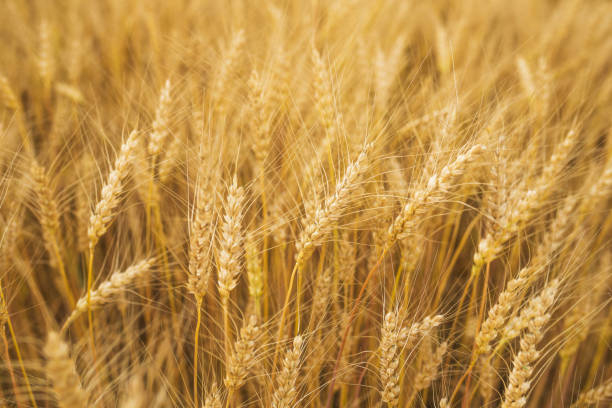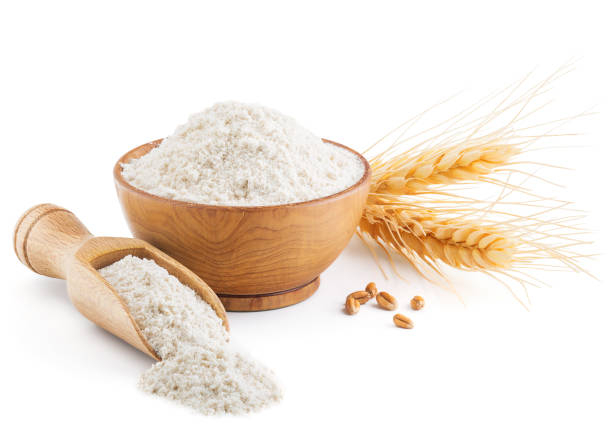Wheat

Wheat is the primary food source for 35% of the world's population. Refined wheat products have a high glycemic index (GI), which means they might trigger blood sugar spikes. They've also been depleted of almost all nutrition. Whole wheat has a comparable GI, but it has more fiber, which can help with digestive health. Some people are gluten intolerant, which refers to a group of proteins present in wheat. Whole wheat, on the other hand, maybe a wonderful source of several vitamins and minerals, including selenium, copper, and folate, provided you tolerate it. Whole wheat includes antioxidants such as ferulic acid, which has been linked to a decreased risk of heart disease.
Raw wheat, particularly wheat germ, is rich in lectins, containing around 300 mcg of wheat lectins per gram. Cooking and processing, on the other hand, appear to nearly eradicate lectins. Whole-wheat flour has a substantially lower lectin level than raw wheat germ, at roughly 30 mcg per gram. Even at temperatures as low as 149°F (65°C), cooking whole-wheat pasta appears to totally inactivate the lectins. Lectins are undetectable in cooked pasta. Furthermore, studies reveal that store-bought whole-wheat pasta has no lectins at all, owing to heat treatments used during manufacture. Because most whole-wheat items are cooked, lectins are unlikely to be a serious issue.







